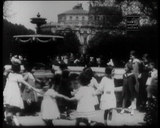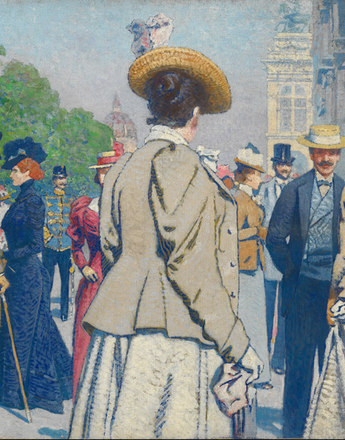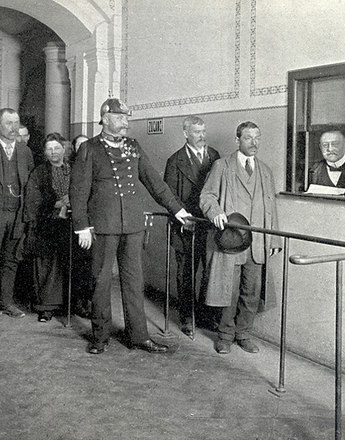The imperial structure was characterized by a rigid class system and social contrasts. Aristocrats and some of the bourgeoisie saw Habsburg rule as ‘good times’. For the majority of the underprivileged in the country and cities, however, life was fraught.
Traditional village life in the territory of the future Austrian republic was characterized by peasant hierarchies and patriarchal structures. In the cities there were lots of job seekers, but the employment situation there was just as bad. Traditional crafts dominated many economic sectors in the early twentieth century. Apprentices and journeymen often had limited prospects and had to deal with disease and poor working and living conditions. Welfare legislation and self-help groups were only able to bring about gradual improvements. These settings and the abject living conditions were omitted by the documentary film makers. There was no shortage of contrasts. The unequal income and wealth distribution was evident not only from the palaces and patrician houses of the Gründerzeit but also from the slums, the migration from the country to the cities and the numbers of people emigrating.
The pictorial canon was peopled by ‘audiovisually presentable’ sectors of the population. This included the middle classes, although only 7 per cent of the inhabitants of the Austrian half of the empire belonged to this group. Among them was an extremely small class of wealthy bank directors and industrialists, who were the largest beneficiaries of the increasing industrialization. There was also a growing army of civil servants and salaried workers, shopkeepers, restaurant and tavern owners. The film Vienna Towards the End of the First World War (A c. 1918) shows these citizens and their children in the Volksgarten and Stadtpark in Vienna.
Evidence of the oppressive living conditions of the working class is provided by the film Types and Scenes from Viennese Popular Life (A 1911), which takes a sardonic look at other aspects of the city. An elderly woman has to sell flowers to earn a living. Derelict men look for alcohol – a reflection of the times. Desolate working conditions and poverty at home drove many men to alcoholism. The crowded living conditions also caused an increase in tuberculosis until the eve of the First World War. In 1911 there were even riots because of the rising cost of living.
Translation: Nick Somers
Hanisch, Ernst: Der lange Schatten des Staates. Österreichische Gesellschaftspolitik im 20. Jahrhundert, Wien 1994
Sandgruber, Roman: Ökonomie und Politik. Österreichische Wirtschaftsgeschichte vom Mittelalter bis zur Gegenwart, Wien 1995
-
Chapters
- Imperial and Royal myth in film
- Presentation of the imperial household: pictorial icons
- What the films didn’t show 1: Social contrasts
- What the films didn’t show 2: Religious diversity
- What the films didn’t show 3: nationalist conflicts
- Lack of resources and wartime financial difficulties on film
- Film documents: after the disaster






